Causing climate change, threatening food security
The greenhouse effect in livestock farming is the phenomenon of increasing greenhouse gases, mainly methane (CH4) and nitrous oxide (N2O) caused by livestock farming activities. Vietnam is a country with a large number of livestock and poultry while the method of small-scale farming and high utilization rate of livestock farming is still high (over 50%), so the amount of daily waste from livestock released into the environment is very large. With a total herd of about 2.2 million buffaloes, 6.23 million cows, 26.5 million pigs, and 558.9 million poultry. Thus, the total herd of livestock and poultry releases millions of tons of waste into the environment every day, not to mention the amount of emissions and other products, especially when an epidemic occurs, the amount of toxic gases increases many times.
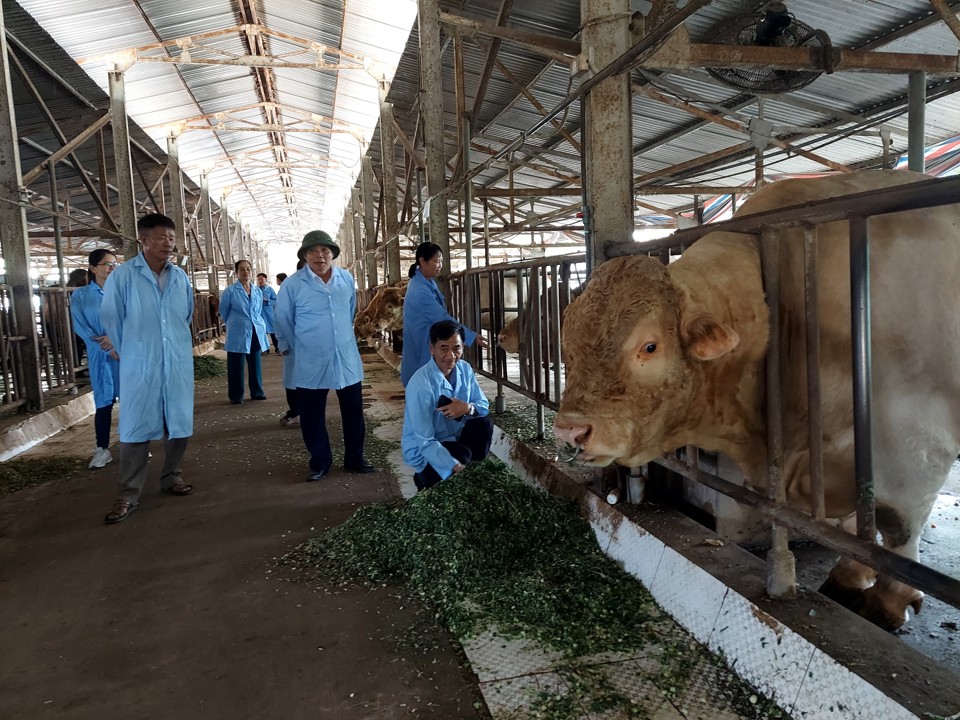
The main source of greenhouse gas emissions in livestock is the digestive process of livestock. When livestock chew their food, microorganisms in their rumen produce methane. Fertilizers and soil management, the use of chemical fertilizers and improper soil management lead to nitrous oxide emissions. Feed waste, unconsumed livestock feed will decompose, producing methane and nitrous oxide. Improper handling of livestock waste, including solid and liquid waste, from raising, slaughtering and processing also contributes to greenhouse gas emissions.
The impact of the greenhouse effect in livestock farming is not small. First, it increases the earth's temperature, leading to climate change, causing a shortage of water resources. In recent years, it is clear that due to the impact of climate change, many areas have suffered from drought, rivers, streams, and lakes are increasingly depleted. In many areas, people lack water for daily life, which directly affects the livestock farming process. Livestock and poultry lack water for daily food and drinking, lack of water for cleaning barns, and bathing livestock, which directly affects the growth and development of animals.
Next is the emergence of epidemics in humans and animals; reducing the quality of livestock products. At the same time, it reduces soil quality and biodiversity. Greenhouse gas emissions increase the amount of acid in rain, affecting the pH of the soil, reducing the growth capacity of crops, affecting the source of animal feed. In addition, the destruction of livestock and poultry into the ground along with a large amount of chemicals and lime powder also greatly affects the quality of the soil, affecting the water source in the ground, thereby directly affecting the living environment of humans and animals.
Climate change also changes the habitat of flora and fauna, leading to loss of biodiversity, ecological imbalance, affecting the ecosystem and food chain in livestock farming, reducing productivity and efficiency.
In particular, greenhouse gas emissions in livestock farming also increase production costs and food insecurity. In fact, in recent years, the impact of climate change and extreme weather events in livestock farming has increased production costs due to the need to invest in prevention and mitigation measures. The impact of the world market on feed production has been stagnant, increasing production costs, which means increasing input costs in the livestock industry.
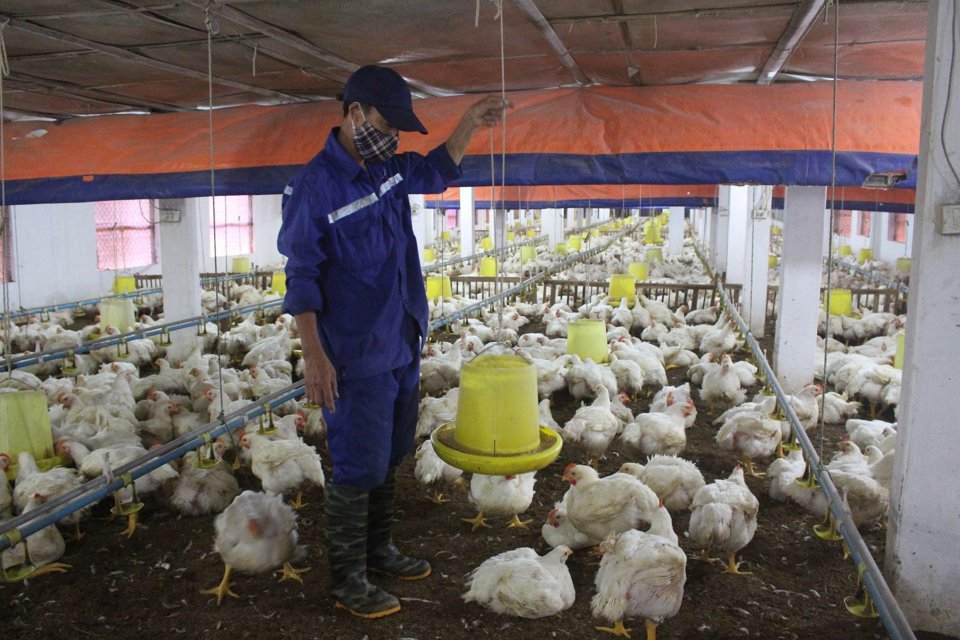
Promote safe and environmentally friendly livestock farming
The harmful effects of greenhouse gas emissions in livestock farming are not small. In the draft Decree amending and supplementing a number of articles of Decree No. 06/2022/ND-CP dated January 7, 2022 of the Government regulating the reduction of greenhouse gas emissions and protection of the ozone layer, the Ministry of Natural Resources and Environment proposed to add regulations that livestock farms with an annual scale of 1,000 or more cows or 3,000 or more pigs must conduct greenhouse gas inventories.
Accordingly, to minimize the impact of the greenhouse effect in livestock farming, the fundamental solution is to develop sustainable livestock farming. Apply environmentally friendly livestock farming measures such as reducing the use of processed plant-based feed, using green roughage, effectively managing waste, and using renewable energy. In the immediate future, localities should effectively implement regional livestock farming planning, focusing on livestock farming to minimize small-scale farming.
At the same time, it is necessary to improve the efficiency of animal feed use. Improving animal diets to reduce the quality of waste water and manure discharged into the environment is an important solution to both limit emissions and improve the growth and development characteristics of animals. During the feeding process, it is necessary to provide adequate nutrients, limit excess food, and minimize methane emissions from the animal's digestive system into the environment.
On the other hand, the main cause of greenhouse gas emissions is due to the lack of strict and synchronous management of livestock waste between localities, so the treatment of livestock waste is very necessary and must be done continuously and synchronously. By using technical methods such as composting, making biogas pits, using fertilizers for crops, limiting environmental pollution. Along with that, planting more trees to absorb CO2, at the same time cooling the livestock area, improving air quality. Using environmentally friendly materials in building barns.
In particular, it is necessary to increase the application of science and technology in animal husbandry. Develop livestock breeds that can adapt to climate change, apply new technologies in animal feed production, disease management and waste treatment. At the same time, raise public awareness.
Source: https://kinhtedothi.vn/hiem-hoa-tu-hieu-ung-nha-kinh-trong-chan-nuoi.html


![[Photo] Prime Minister Pham Minh Chinh chairs conference on anti-smuggling, trade fraud, and counterfeit goods](https://vphoto.vietnam.vn/thumb/1200x675/vietnam/resource/IMAGE/2025/5/14/6cd67667e99e4248b7d4f587fd21e37c)
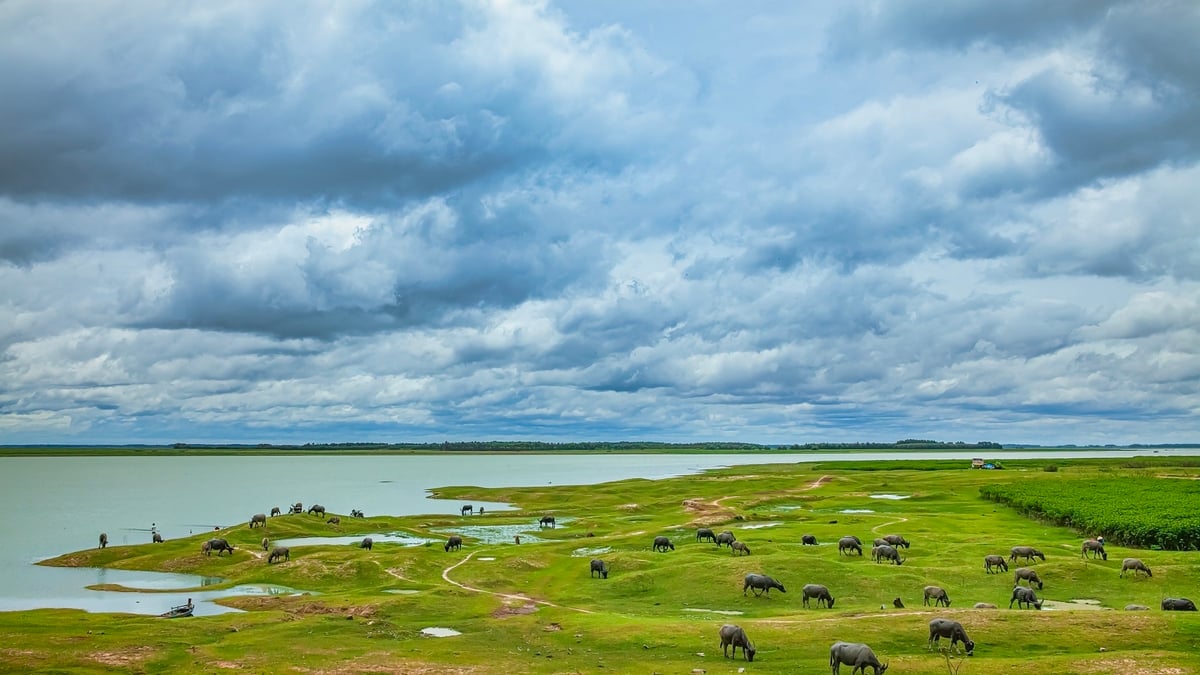
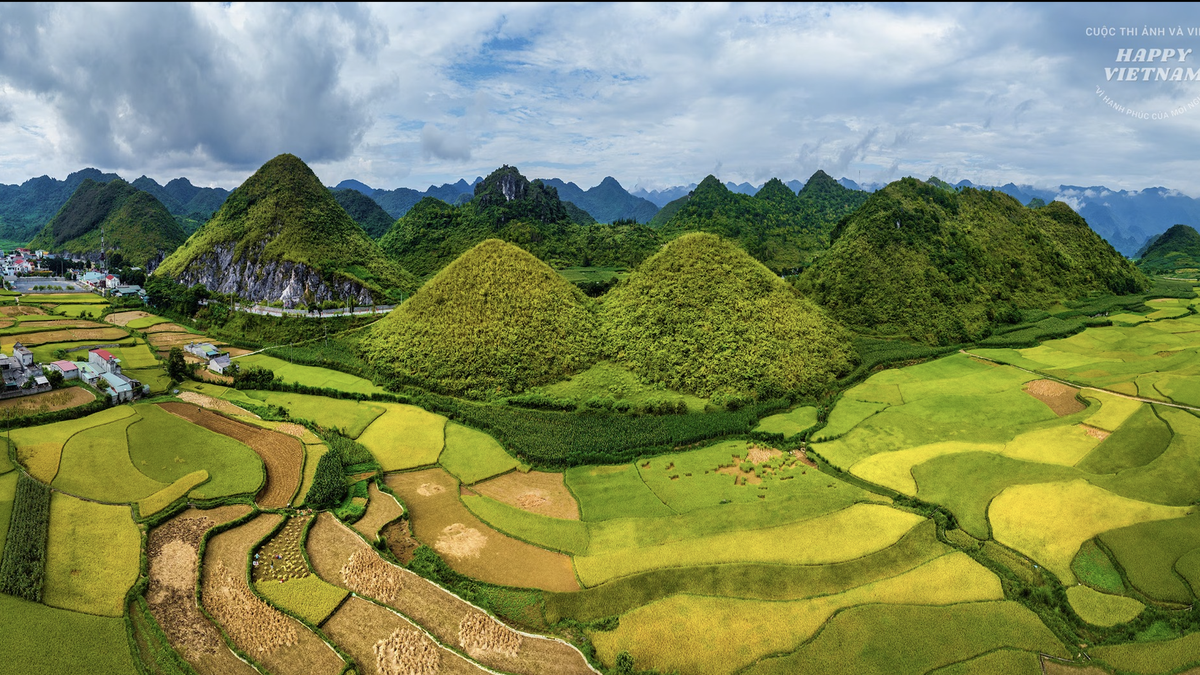
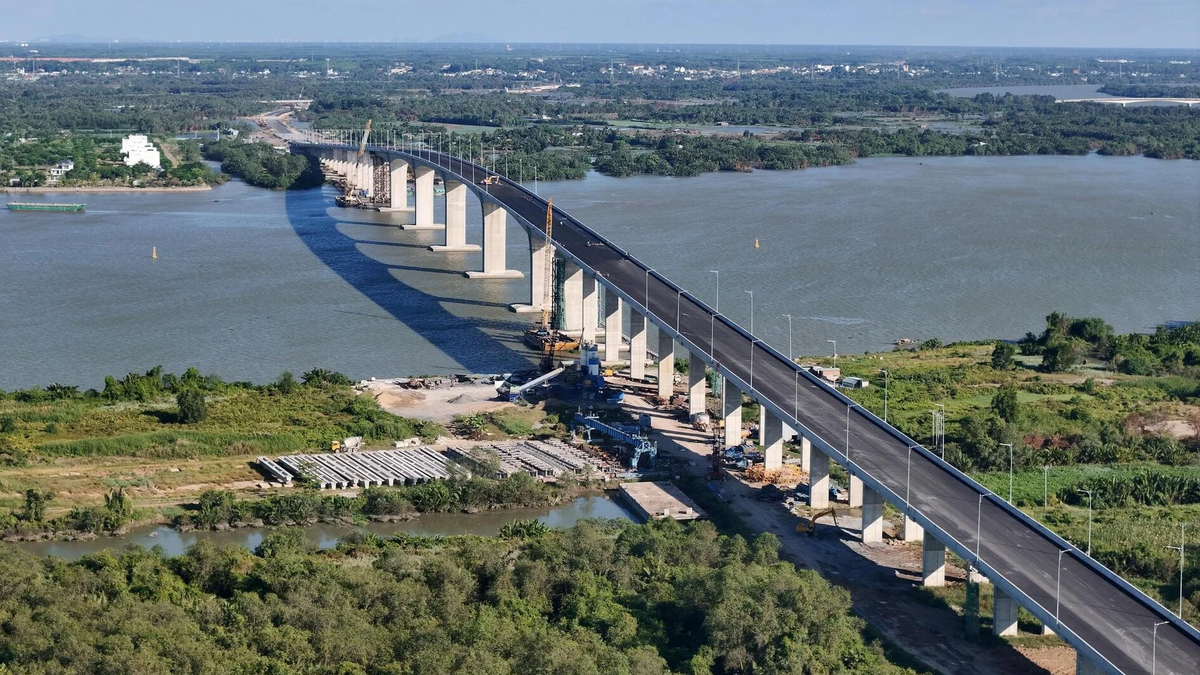




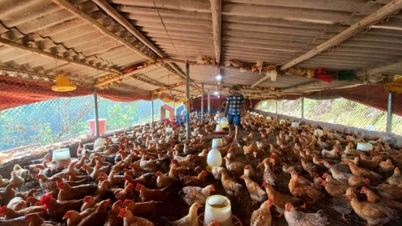

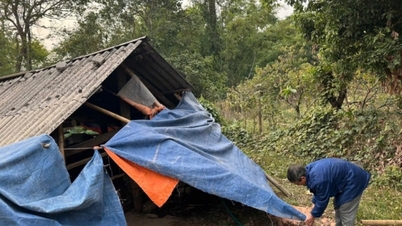
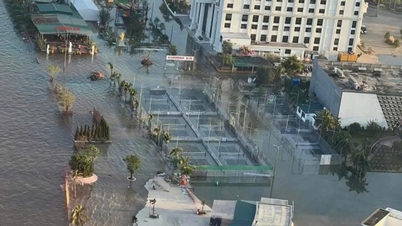

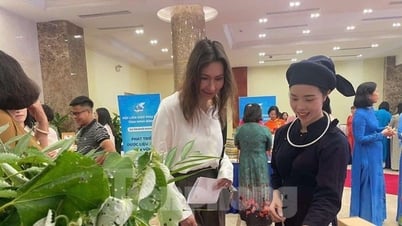
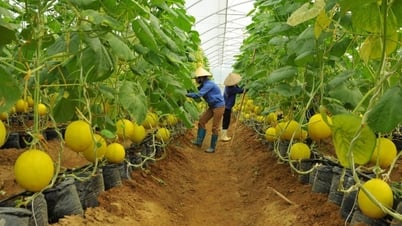
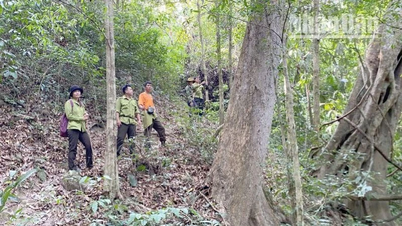
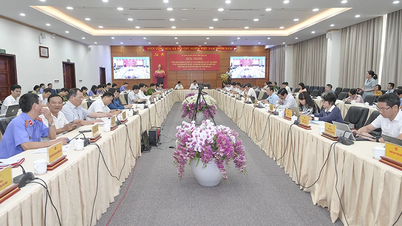
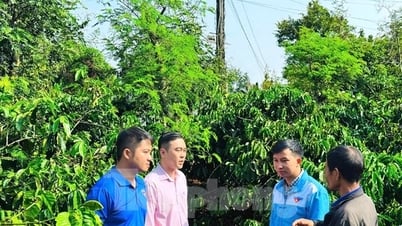
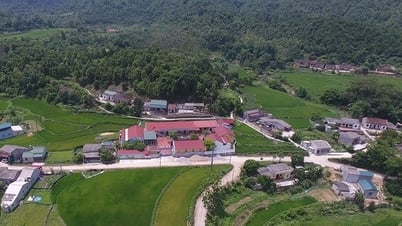




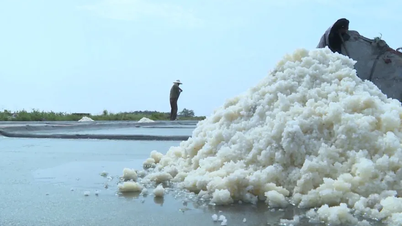


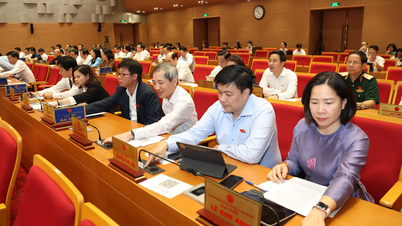

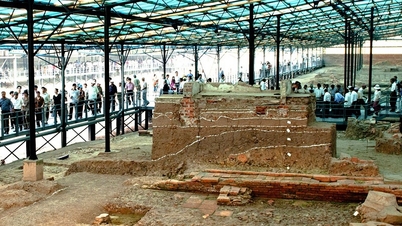
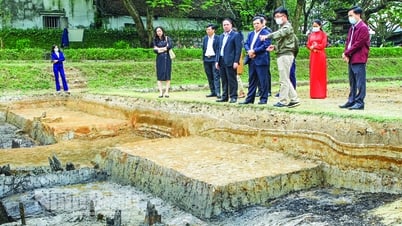











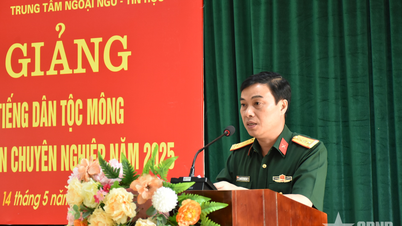





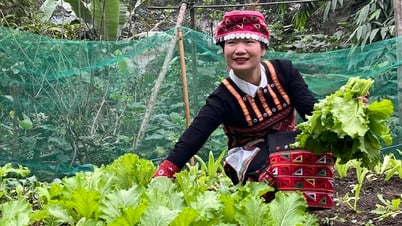

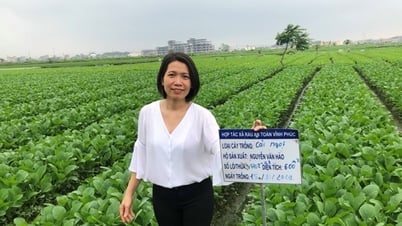







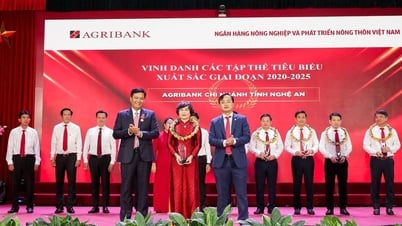







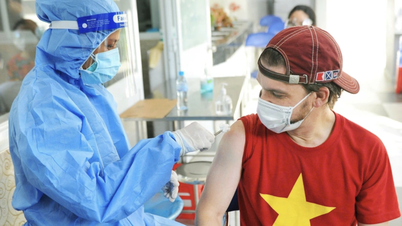

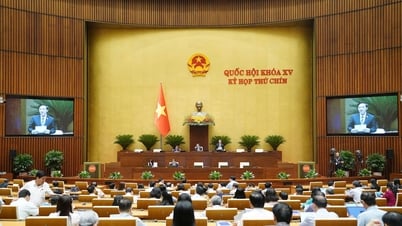







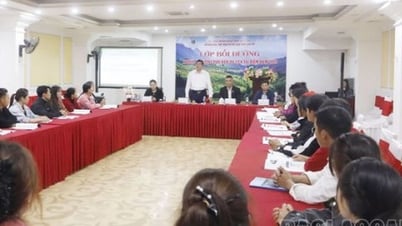
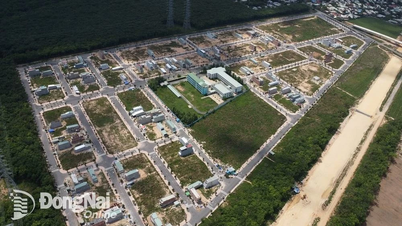






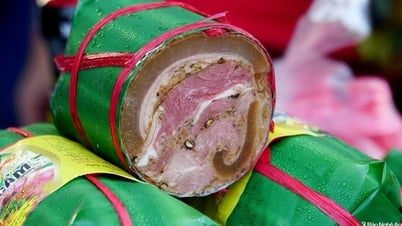
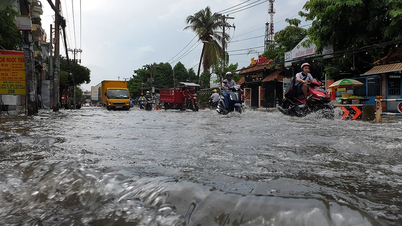



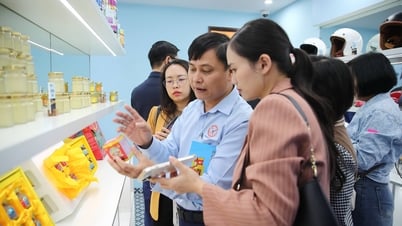

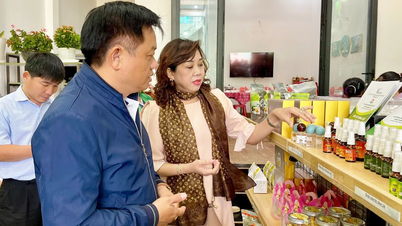

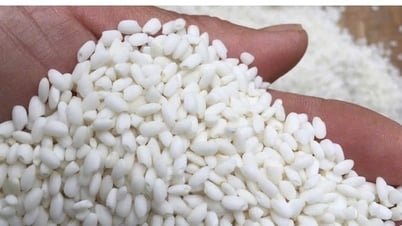


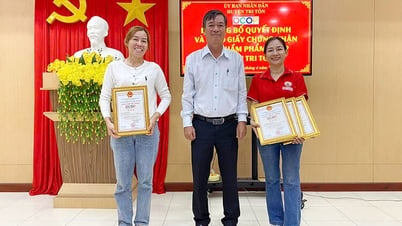
Comment (0)